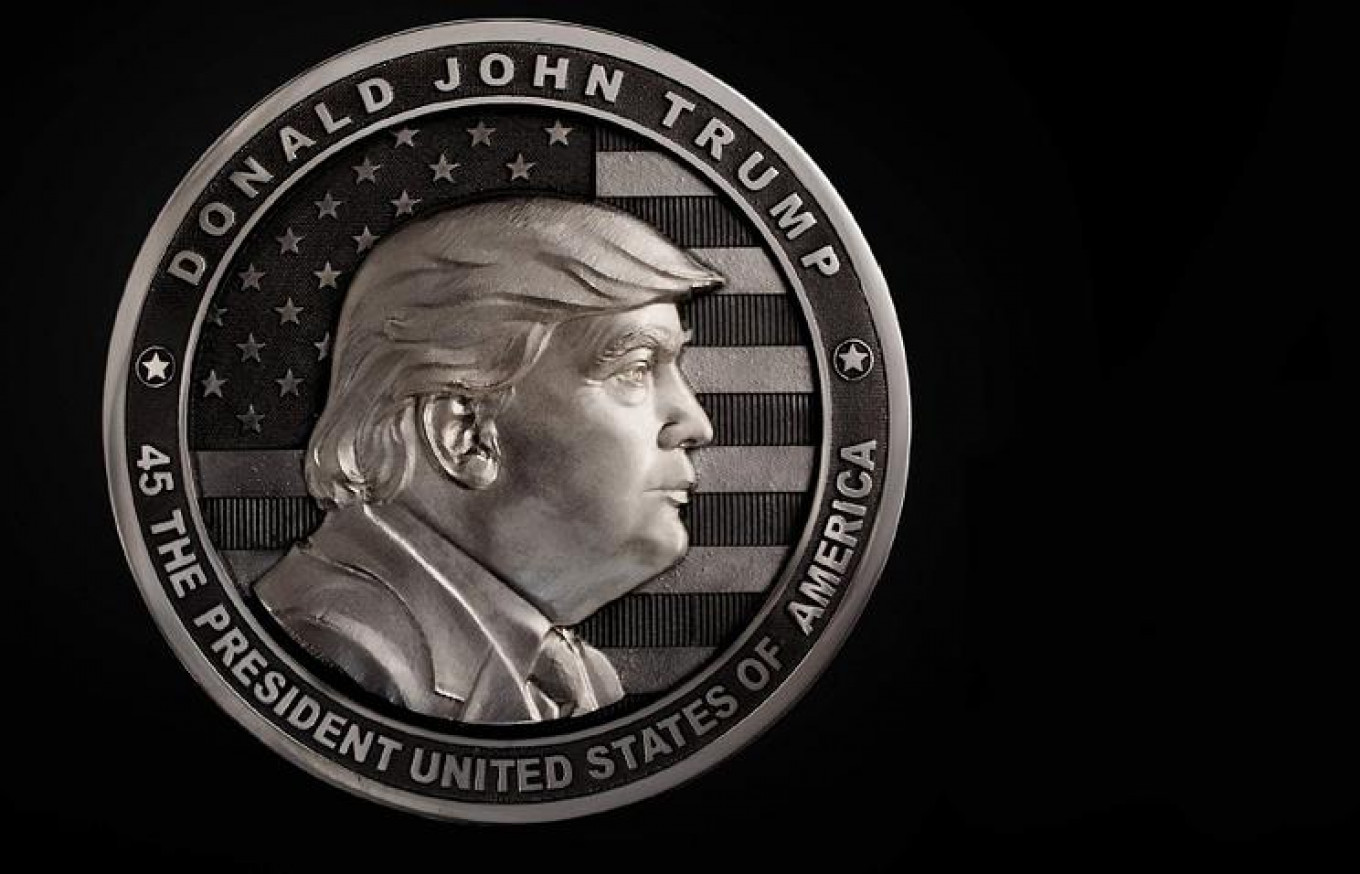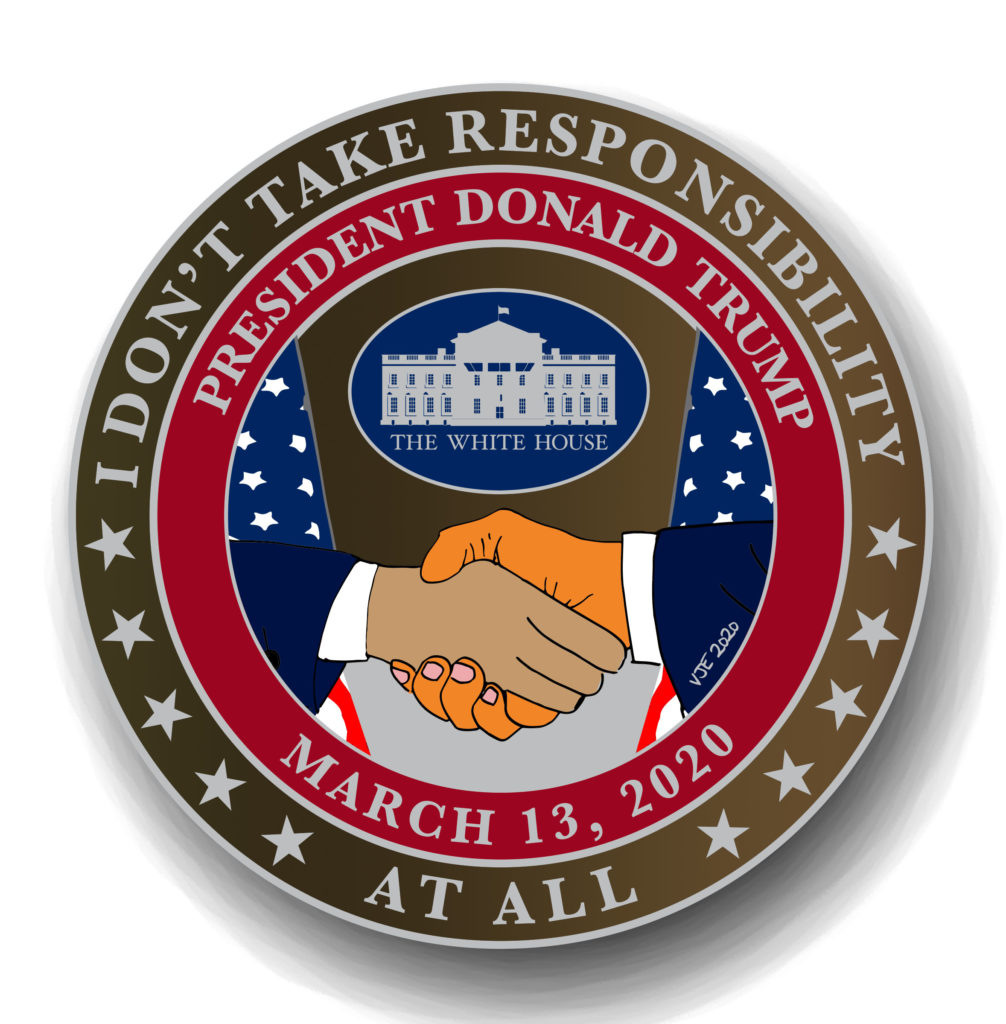- Commemorative Coins Military
- Commemorative Coin Value Guide
- Commemorative Coins For Special Events
- Catalog Us Mint
Commemorative Coins. One of the best things about collecting coins is that it provides a lens through which you can explore a range of different subjects. Of course, you don't have to be a dedicated collector to enjoy the variety of commemorative coins for sale at AMERICAN MINT. Circulating commemorative coins have been somewhat more unusual in the United States. These are coins that are minted to commemorate a particular person, place, event, or institution, but are intended to enter general circulation. The first circulating commemorative coin of the United States was the 1921 Peace dollar. Commemorative coin programs help raise money for many important causes. When a new commemorative coin program is created, legislation is enacted by Congress which dictates the coin specifications, mintages, cost considerations, and adds a surcharge amount per coin to help fund important projects. 1986 S 1986 Statute of Liberty Ellis Island Silver Commemorative Dollar $1 PF-1 US Mint. 1 oz American Silver Eagle Coin Gem Uncirculated (Heraldic.
Commemorative coins are coins issued to commemorate some particular event or issue with a distinct design with reference to the occasion on which they were issued. Many coins of this category serve as collectors items only, although some countries are also issuing commemorative coins for regular circulation.
Subcategories[edit]
Commemorative coins can be seen as being of one of three types:
- Regular issue coinage are the normal coins intended to be used in commerce every day and are typically issued with the same design for several years, e.g. euro coins.
- Circulating commemoratives are intended to be used for commerce, but the design will only be issued for a limited time, is intended to draw some attention to a specific event or person. Examples include the €2 commemorative coins, or U.S. 50 State Quarters.
- Non-circulating legal tender (NCLT) are coins which are legal tender, and thus can in theory be used to purchase goods or services, but are not intended to be used in such a manner. Rather, they are intended to be used only as souvenirs, and are often produced in gold or silver with a proof finish.
History[edit]
Historically, the coins issued by any state have always reflected the current political or economic situation. Many ancient and pre-modern coins certainly commemorate events in contemporary times. For instance, Roman coins often have references to military campaigns and the defeat of foreign powers. These reverse types often symbolically represent the subordination of recently conquered territories to Roman authority. Such coins are examples of ancient political propaganda. The Roman Empire may be represented by a proud warrior 'raising' an undersized figure, representing the defeated enemy.
Throughout history, coins have commonly been issued on special occasions, without necessarily citing that occasion explicitly. In some cases, emergency money have been issued under unfavourable conditions, such as a city under siege. Such emergency coins were issued in Vienna in 1529, while the city was besieged by the troops of the Ottoman Empire. Due to the conditions at the time, such coins are frequently minted on square flans, rather than round ones (it was easier and quicker to produce a square flan than a round one). European square coins of this era are known by their German name 'klippe'. Coins might also be issued with the specific purpose of financing a military campaign, or for the payment of tribute or war indemnity by a feudal lord to his sovereign.
During recent centuries, specially prepared coins have been issued to proclaim the coronation of a new monarch. Such coins are known as 'largesse' coins. This type of coins were issued in India during the Mughal era (the 'nisar' coinage), and in Europe in the age of absolutism. In Europe, such coins were scattered from the royal chariot, to achieve attention and applause from the public. In Sweden, coins of this type were issued as late as 1873 (known as 'kastpenning').
During the era of the formation of the European nation states, the issuance of special coins explicitly commemorating various events became increasingly common. These coins were frequently devised to establish a public notion of nationhood, and also to honor the ruling monarch and his dynasty. During the economically exhaustive Napoleonic wars, a one sixth rigsdaler was issued in Denmark from voluntary contributions from the public, intended to finance the creation of a new fleet. Another notable coin is the Prussian thaler of 1871, commemorating the victory of the Franco-Prussian war, opening the gates for the Prussian king to be crowned as Emperor of the unified German nation. After the (political and monetary) unification of Germany, some German states continued issuing separate coins on special occasions, such as the jubilee of a ruling monarch. The issuance of these royal jubilee coins became common throughout Europe in the late 19th and early 20th century. In some cases, these became collector items already at the time of their minting.
Before World War II, commemorative coins were always made of precious metals. The base metal coins were probably not considered appropriate for, or worthy of, honoring the nation or the ruling dynasty. However, during the 20th century, the use of precious metals for circulating currency became increasingly scarce. World War I and the world economic crisis of the 1930s brought about temporary or permanent abolition of the convertibility of bank notes to silver and gold coins. Gradually, the issuance of precious metal coins became increasingly restricted, and definitively abandoned about 1970. While the commemoratives of these decades continued to be issued predominantly in precious metals, their use as circulating currency became scarce or ceased entirely. Thus, the commemoratives developed into a separate class of coins with no immediately recognisable link to the coins and notes used in everyday transactions. This class of coins were collectors items, or in some cases objects for economic investment.

When West Germany replaced the silver 5 mark coin with a copper-nickel one in 1975, the silver 5 mark commemoratives also reverted to copper-nickel (in 1979). Already in 1965, the Soviet Union issued a copper-nickel-zinc rouble commemorating the victory in World War II. This, and the next four commemorative roubles, were issued in several millions of copies, and circulated as regular currency.
Commemorative Coins Military
In the United Kingdom, before decimalisation of the money system in 1971, the usual commemorative coin was a crown, or five shilling piece. These were issued to mark coronations of monarchs; one was also issued on the occasion of the death of Winston Churchill. Some decimal crowns (worth 25 pence) were issued, but since 1990 the £5 has been the usual non circulating commemorative coin. Other denominations such as the 50 pence and £2 are issued as circulating commemoratives.
The circulating and non-circulating commemoratives may be issued jointly, but have quite different purposes. Denmark, for instance, has since 1990 developed a pattern of issuing aluminium bronze 20 kroner commemoratives and accompanying silver 200 krone commemoratives. The aluminium bronze coins are circulating along with the non-commemorative 20 krone coins, while the silver coins are never circulated. The circulating commemoratives brings variation into the circulating coin mass, while the silver coins are collectors items and a source of revenue for the state. Likewise, in East Germany, some commemorative coins were issued with a primary purpose of earning foreign currency, while others actually circulated, albeit in smaller quantity than the bank notes of the corresponding denominations.
Significance of non-circulating commemoratives[edit]
Many countries issue large quantities of non-circulating legal tender purely for seigniorage as a profit making exercise. The events that these coins commemorate are often chosen based on a perceived market, rather than events of significance to the country. Technology developed for non circulating coins has moved to circulation issues - coloured coins were first issued as non circulating legal tender, but Canada has issued coloured commemorative coins into circulation.
See also[edit]
Commemorative coins by area:
References[edit]
- ^Standard Catalog of World Coins, 1996 edition, p. 1807. Krause Publications 1995, ISBN0-87341-357-1.
Congress authorizes commemorative coins that celebrate and honor American people, places, events, and institutions. Although these coins are legal tender, they are not minted for general circulation. Each commemorative coin is produced by the United States Mint in limited quantity and is only available for a limited time.
As well as commemorating important aspects of American history and culture, these coins help raise money for important causes. Part of the price of these coins is a surcharge that goes to organizations and projects that benefit the community. For example, surcharges on the U.S. Capitol Visitor Center commemorative coins helped build a new visitor center under the U.S. Capitol’s East Plaza.

Since the modern commemorative coin program began in 1982, the United States Mint has raised more than $506,301,189 in surcharges to help build new museums, maintain national monuments like the Vietnam War Memorial, preserve historical sites like George Washington’s home, support various Olympic programs, and much more.
Watch the videos in this playlist to learn more about our commemorative coin programs.
Commemorative Coin Programs
2021 Commemorative Coins
2020 Commemorative Coins
2019 Commemorative Coins
2018 Commemorative Coins
2017 Commemorative Coins
2016 Commemorative Coins
2015 Commemorative Coins
2014 Commemorative Coins
2013 Commemorative Coins
2012 Commemorative Coins
2011 Commemorative Coins
2010 Commemorative Coins
2009 Commemorative Coins
2008 Commemorative Coins
2007 Commemorative Coins
2006 Commemorative Coins
2005 Commemorative Coins
Commemorative Coin Value Guide
2004 Commemorative Coins
2003 Commemorative Coins
2002 Commemorative Coins
2001 Commemorative Coins
2000 Commemorative Coins
1999 Commemorative Coins
1998 Commemorative Coins
1997 Commemorative Coins
1996 Commemorative Coins
1995 Commemorative Coins
1994 Commemorative Coins
1993 Commemorative Coins
1992 Commemorative Coins
1991 Commemorative Coins
1990 Commemorative Coins
1989
1988 Commemorative Coins
1987 Commemorative Coins
1986 Commemorative Coins
Commemorative Coins For Special Events
1984
1983
1982 Commemorative Coins
Catalog Us Mint

Compliance Procedures for Surcharge Eligibility and Payments
Commemorative coin programs are created by enabling legislation enacted by Congress to honor a person, place or event. The enabling legislation dictates the coin specifications, mintages, cost considerations, and surcharge amount to be collected. A surcharge is a set amount per coin that the Mint collects and distributes to the designated recipient organization which must use the proceeds for the purpose(s) specified in the enabling legislation. Historically, the Mint has been required to pay surcharges to recipients whether or not all the Mint’s program costs were recovered and without any accountability requirements for the recipient organization. In 1996, Congress enacted legislation changing the Mint’s requirement to pay surcharges.